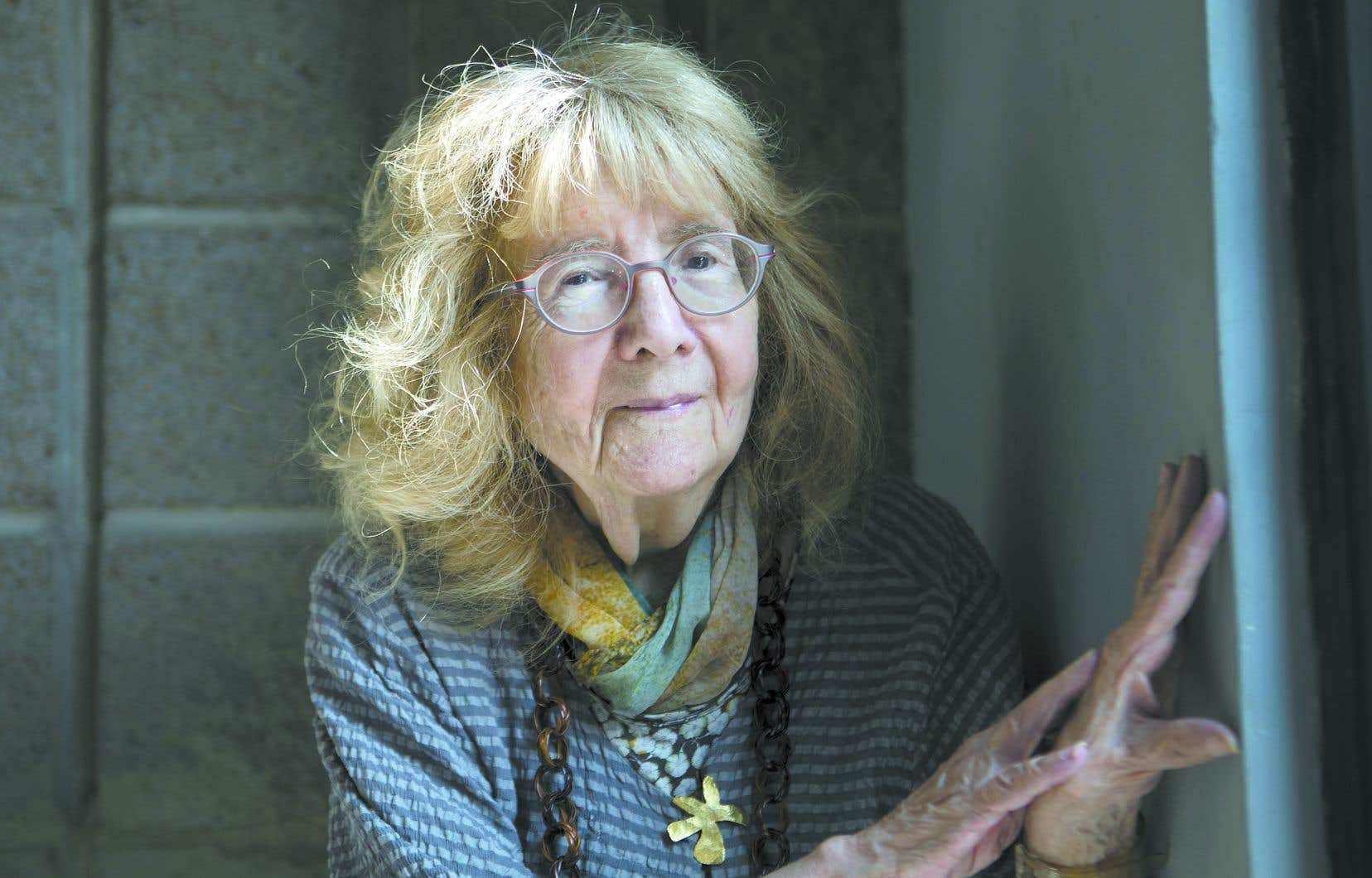Having become the symbol of migrant writing in Quebec, the popular novel The Quebecer, by Régine Robin, celebrates its fortieth anniversary this year. However, despite the major impact that the book had in the Quebec literary world, few people know how it was born.
It all started in the context of the May 1980 referendum. In the wake of the event, Régine Robin, a historian of Jewish origin who was born in Paris, but who had immigrated to Quebec three years earlier, embarked on writing a first novel.
The part-time unemployed woman then thinks of returning to live in France, because she is unable to come to terms with the reality of Quebec and adapt to it. But she is torn. That’s why she gives herself one last chance.
Through writing, she wants to try to regain her space and formulate the difficult relationships she maintains with the place where she has been evolving since 1977. Exercise is vital to her. Perhaps, she thinks, she will manage to extract a way of being that will allow her to find her place in Quebec.
In the meantime, she takes a first step. She undertakes to survey the city of Montreal. Along the way, she writes down everything that seems strange and unusual to her.
The forty-year-old immigrant seeks to be jostled by what she sees. Its drift leads it to wander around the city and wander the slopes of Mount Royal. She writes down everything, including the slogans that appear on the front plates of automobiles.
Then, she dives into the writing of the book, a text that she wants to be experimental. It is in this perspective that she enriches it with a host of lists and inventories. The budding novelist embellishes her writing with restaurant menus, sports pages taken from the press, TV schedules, classified ads and excerpts from school textbooks. It even reproduces the manifesto of the Front de libération du Québec.
Its objective is to account for the cultural shock that occurs in the immigrant who arrives in Montreal. It’s a way of conveying the feeling of strangeness that seizes the newcomer the day she arrives in the city for the first time.
She titles her novel The Quebecer. The term is a neologism she coined. It’s a pun intended to be ironic since it combines Québécoise and Québé-coite.
In the mind of Régine Robin, the Quebecer is this immigrant (her double in reality) whose word does not count, because it is concealed. The newcomer with her experience, her story and her sensitivity does not really have the right to speak in the public square. All she can do is keep quiet.
The novel contains three distinct stories that are linked together by a guiding thread. The three plots relate the attempts of the Quebecer to settle down with a different companion in as many neighborhoods of Montreal. Each of these places harbors a potential that is likely to anchor the immigrant in the city.
The book appeared shortly after its author was hired as a professor of sociology at the University of Quebec in Montreal. It was released in the first months of 1983, by Quebec America editions.
It is a success, despite a media reception which, at first, turns out to be rather mixed. The Quebecer nevertheless made its way to the point that the novel, despite its critical nature, ended up becoming a symbol of migrant writing in Quebec.
The question of becoming a Quebecer or not ceases to arise for Régine Robin. She turns the page. Having become a Canadian citizen, she filled her ill-being through the practice of writing, social commitment and friendship.
It was in 1994, shortly after the book was reissued, that a young Montreal translator named Phyllis Aronoff read the novel for the first time. She finds it magnificent and wants to translate it into English. So she gets to work quickly.
The enthusiastic reader nevertheless encounters difficulties. The complications relate to the content of the work. Fruit of its experimental nature and the freedom of its author, The Quebecer flouts convention. However, Régine Robin agrees to meet Aronoff and enlighten him.
The English version, titled The Wanderer, published by Alter Ego in Montreal in 1997. The interest shown by its author in the question of the Shoah is noted. She won for this work the Martin and Beatrice Fischer prize for literature on the Holocaust.
The novel goes through time so well that it is republished in 2019. The Quebecer was published that year in Montreal in pocket format by Editions de la Bibliothèque québécoise.
